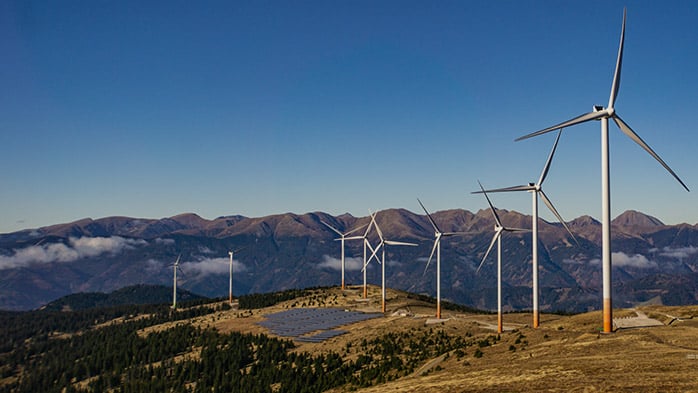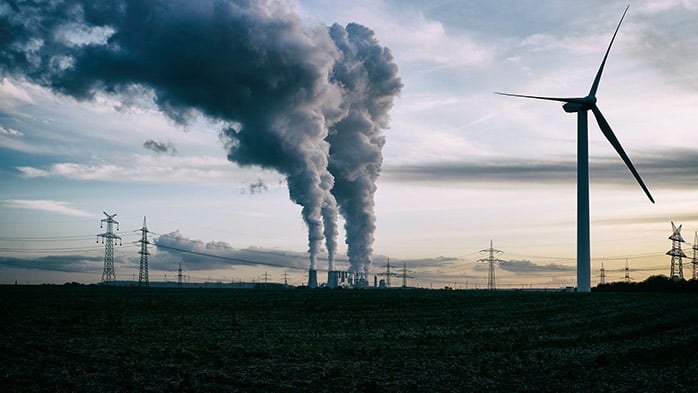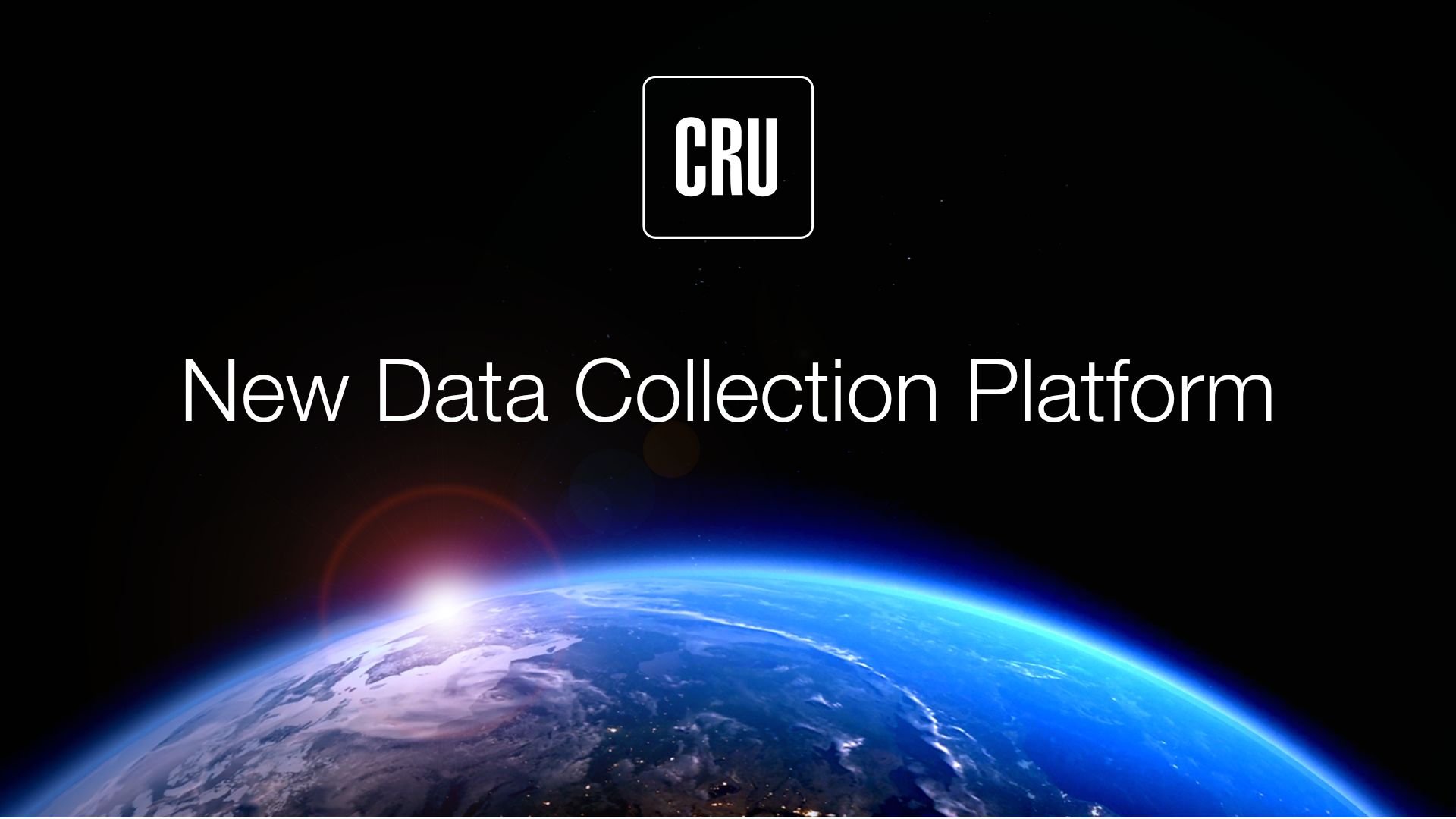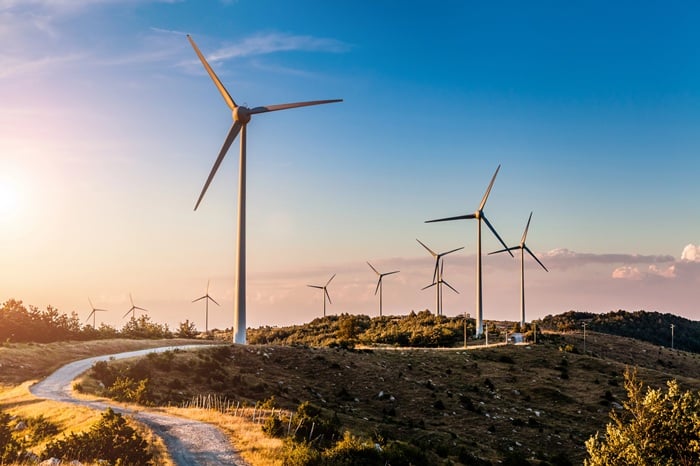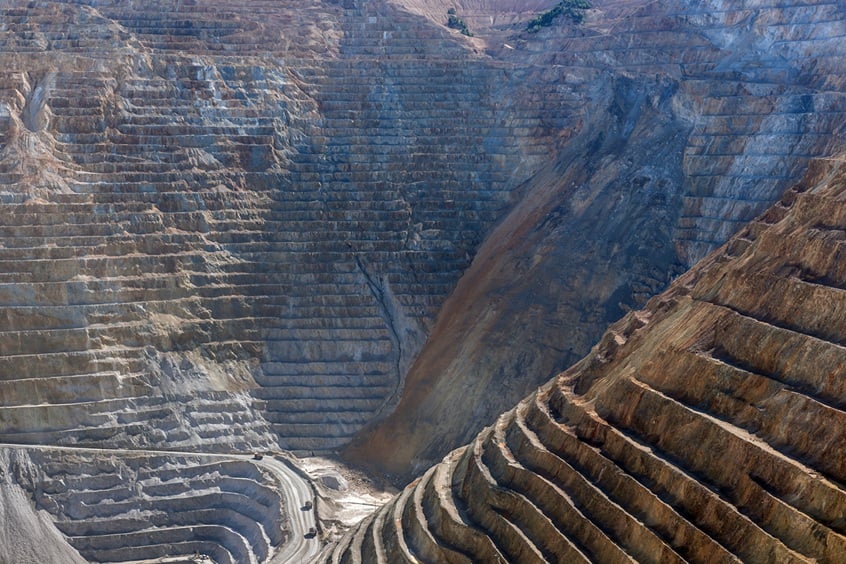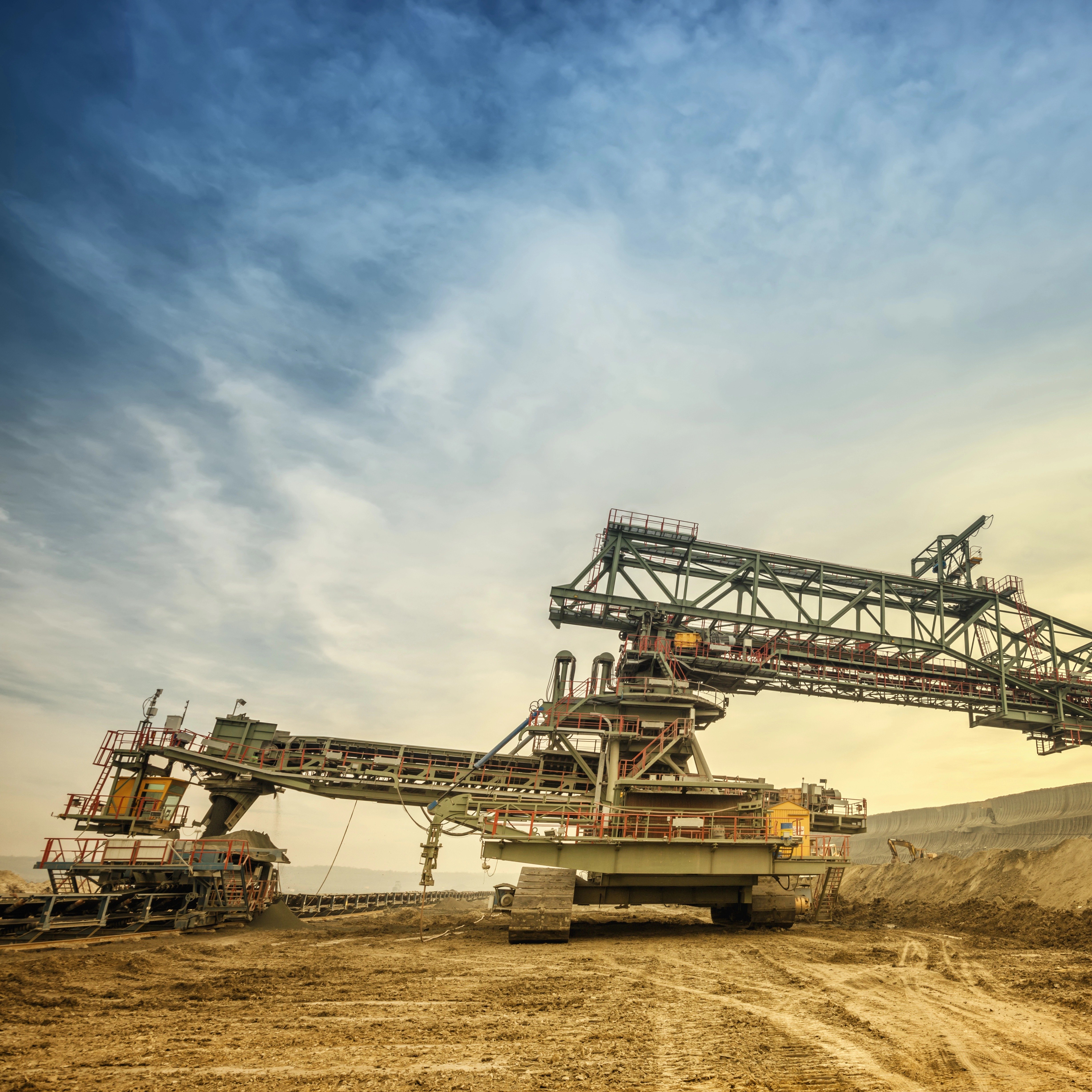Early 2022 has brought with it historical levels of volatility
Commodity markets are not only facing higher price pressures but also increased volatility. When looking at the LME cash price for aluminium, the month of May was especially volatile as prices fell from high levels only to see a bump up a few weeks later. To quantify this, a three-month rolling volatility model can be used. This data shows that levels have not been this high since the 1990s.
There are a few other key points we can pull from looking at the descriptive statistics:
- The average length of a peak is 3-6 months, with more peaks happening more often during the GFC than any other period.
- A volatility model that measures the persistence of shocks gives us a value of .6 with 1 being the highest measure. The S&P 500 index registers at .5 historically, which shows volatility shocks persist significantly longer in the aluminium market.
- Applying a probabilistic model, this level of volatility is expected less than 1% of the time.
- Not all shocks are equal. Looking at the symmetry of each shock using the same volatility model above, positive price movements cause more volatility than negative movements create. For this reason, volatility is particularly high during the recovery from recessions.
History may not repeat but it does rhyme
Prior research suggests that volatility in commodity markets is caused by changes in levels of global economic activity, consumer sentiment, industrial production, and geopolitical uncertainty. The big jumps seen above happen over five periods:
- Oct 1990 – Feb 1991: Gulf war, mortgage lending issues in the US, raised oil prices, and other economic challenges in the EU, Japan, and Scandinavian countries.
- Dec 1993 – Mar 1994: Increased spending and economic activity seen during further recovery from the period above.
- Aug 2009 – Oct 2009: The highest peak of volatility during the GFC was during the start of the recovery period as the bottom was hit in March of 2009.
- Jun 2018: This can be looked at as a one-off example of the policy effects from section 232 and sanctions on Rusal prior in the year.
Small volatility shocks can be seen through time due to one of the four factors above while the peaks are present where multiple factors overlap. The two spikes in the 90s are similar to those of 2022 and are worth comparing.
The first common threads are consumer sentiment and geopolitical risks. These two periods both experienced increased political risk due to the Gulf War in the 1990s and the invasion of Ukraine today. Consumer sentiment also saw drops during these periods. In the 90’s, there were the issues mentioned above in addition to the war and today’s economy is facing many well documented challenges including supply chain disruptions and rising inflation. To contrast with other periods of increased volatility, during the GFC consumer confidence was hit hard but geopolitically safe while the early 2000s had higher geopolitical risks due to the fallout of the September 11th attacks but were economically stable.
Using industrial production as a proxy for economic activity changes and oil prices to measure the volatility of energy markets gives us a deeper understanding as well. Large spikes in oil prices are present both now and in the 90s due to the wars that had broken out. The behaviour of oil prices is correlated with commodity markets in general and added fuel to the already high levels of movement seen due to the factors above. IP, on the other hand was relatively flat during the 90s which would act to stabilise price where recently there has been the whiplash effect from the Covid-19-induced economic downturn and following recovery. This helps explain why the levels seen in 2022 equal that of the 90s as other factors saw less of a wild swing.
To apply this to the current situation, it is reasonable to say that the volatility peak will be short-lived. However, there could be a period of elevated price movement like the years directly after the GFC. This would be fuelled both by the continuing invasion of Ukraine, higher oil prices, and continued economic uncertainty. As we noted in our latest Aluminium Monitor, the aluminium price broke through many of the key retracement levels throughout the month of May as the price fell and it looked for a new level of support. With the war with seemingly no end in sight and economic uncertainty still high due to inflation and continued supply chain disruptions, periods of high volatility will likely persist into the later part of this year. If there is more clarity gained due to either the end of the invasion of Ukraine or central banks rearing in inflation, the price can be expected to calm along previous trends at the $2,700/t mark.





